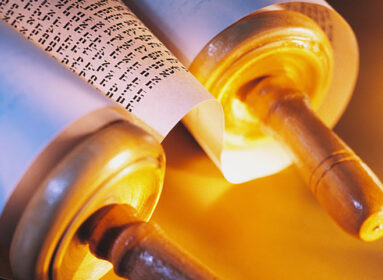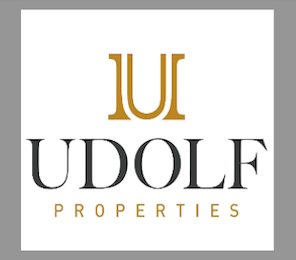
Behaalotecha
In the commandment to light the Menorah that begins our parsha of Behaalotecha this week, the Torah adds information which would seem to be out of place. After describing the details of how to light the Menorah, the Torah seems to take a “detour” and remind us of how the Menorah was made. The verse states, “V’zeh maaseh Hamenorah, Mikshah Zahav. Ad yereich, Ad pircha, mikshah he” – “This is the way the Menorah was made: from one piece of gold. From its center branch (thick section) to its flowers (delicate, thin sections), it was one piece of gold.” Now, we already knew this from the account of the building of the Mishkan back in the book of Shemot. Why would we need the repetition, and why here of all places?
Last week’s portion of Naso ended with the description of the gifts offered by the princes of every tribe towards the inauguration of the Mishkan – Tabernacle – in the desert. Rabbi Shlomo Yitzchaki, the medieval commentator better known as Rashi, questions the juxtaposition of this section with the commandment given to Aaron to kindle the Menorah at the beginning of our parsha and suggests a connection based on the Midrash. He explains that Aaron’s tribe was the only one not to partake in gift giving to the Mishkan. Therefore, Aaron felt depressed and left out. To this G-d reassures Aaron at the beginning of Behaalotecha that he gets to light the Menorah; and this is seen as greater than the gifts of the other tribes. Hence the placement of this commandment to light the Menorah at the beginning of our parsha, immediately after the gifts of the princes.
A further question is raised by Rabbi Moshe ben Nachman, better known as the Ramban or Nachmanides: why should the Menorah of all commandments be selected to appease Aaron. After all, there are plenty of things that only the Kohen Gadol (High Priest) gets to do, such as entering the Holy of Holies or offering the incense. I suggest that the Menorah spoke to Aaron’s individual nature more than any other mitzvah.
This takes on greater significance when we consider that the gifts of the princes, mentioned in last week’s parsha, were all exactly the same, yet the Torah listed each one individually. The Midrash explains that while each gift was identical, the intention behind each gift was specific to the tribe. When Judah’s gift references the number ten, for example, it refers to the ten generations from Abraham to King David, lending significance to the monarchy that is to come from the tribe of Judah. The number ten to the tribe of Yissachar, however, the tribe known for Torah study, carries the symbolic reference to the Ten Commandments. One must conclude that for the Menorah to adequately appease Aaron, there must be some special, individual connection between him and this command.
The answer, I believe, is that the Menorah is a symbol of the Jewish people (as recorded in the Midrash on this week’s Haftorah). The act of lighting the Menorah, which brings together all seven branches into one Mitzvah, therefore symbolizes the unity of the Jewish people. Who better to perform this Mitzvah than the High Priest Aaron, of whom the Mishna in Pirkei Avot tells us, “Be like the students of Aaron: Love peace, pursue peace, and bring peace between one and his friend.” There is no need for conflict, as we’re all on the same side. It is for this reason that the Menorah was the one commandment to appease Aaron. Its symbol of Jewish unity spoke to him and his tribe like no other commandment, just as the gifts of the princes, of which he had no part, spoke to their respective tribes so intimately.
This message is expressed so beautifully in the opening verses of our Parsha which we cited earlier and had dubbed superfluous. As Hashem tells Moshe to command Aaron to light the Menorah, He includes, “This is how the Menorah was made” – to explain to us its relevance to Aaron. From its center branch to its flowers,” – meaning, from the strongest parts to the weakest parts – “one piece of gold.” The message of the Menorah is clear: we are all fashioned from the same piece of gold. One might have a strong affiliation and identify strongly with his or her Jewish faith and practice (“yereicha” – the thick, center part) while another might consider him or herself on the “outskirts” of Judaism (“pircha” – the delicate parts). We must always remember, “mikshah he” – as Jews, we are all from the same singular piece of gold. Who better to be the conduit for such a powerful message than Aaron himself, the one who embodied the very essence of the character trait of unity in his every action. May we all strive to emulate Aaron, and recall at all times that despite our differences and disagreements, we are all still parts of the same piece of holy gold.
Rabbi Avi Weiss is the spiritual leader of Agudas Achim Congregation in West Hartford, and teaches Judaic studies at the Bess and Paul Sigel Hebrew Academy in Bloomfield.








 Southern New England Jewish Ledger
Southern New England Jewish Ledger








